Mothballs: 10 Important Facts to Know
Are you wondering what mothballs are? For those of my older readers, you probably remember growing up witnessing your mother or grandmother using mothballs in their linens closest and several other areas of their home. Although you didn’t care too much for the odor that came with it, it was obvious that mothballs did the trick when it came to keeping pests away.
As it turns out, mothballs have several other uses that you may not have known about. But if you’re not careful when using mothballs, they can lead to some pretty dangerous side effects. Don’t be caught being one of those people! The vapors from mothballs can be a little strong, so make sure you’re prepared for that!
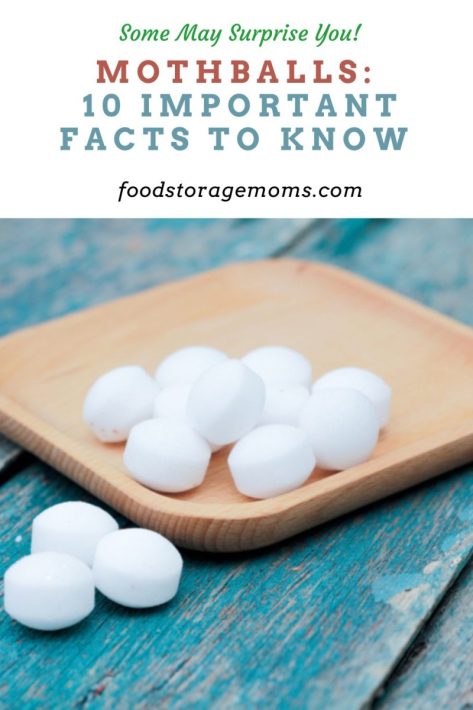
Keep reading to find out everything you need to know about mothballs. Mothballs Made in the USA
In case you missed this post, How To Get Rid Of Pantry Moths
How Do Mothballs Work?
Mothballs work by releasing a gas called naphthalene into the air. This gas is both toxic and flammable, so mothballs must be used with caution. The naphthalene gas will kill or repel the undesired pests that come into contact with it. Make sure you toss out older mothballs!
What Can Mothballs Be Used For?
Mothballs are considered to be a pesticide that can be used to control not only moths, but also silverfish and other pests that like to find their way on clothing and other fiber materials. When these pests come into contact with mothballs, they will either be repelled or killed.
Mothballs are commonly used in storage areas such as closets and attics to keep stored clothes free of insect damage. They can also be placed in storage chests, trunks, and dresser drawers.
Homeowners have been known to use mothballs in certain areas of their homes to keep spiders, rats, bats, and mice out, including their basements, attics, and garages. Some people even use mothballs to deter snakes from their yards. Roaches don’t necessarily like the smell of mothballs, but are able to adapt quickly to the environment where they may come in contact with mothballs.
How to Properly Use Mothballs
When using mothballs:
- Be sure to use rubber gloves and place them in a well-ventilated area.
- You should also never mix mothballs with other pesticides or chemicals, as this can create toxic fumes.
- Although the area where you place the mothballs should be ventilated, they should only be used in an air-tight space and not out in the open. You could place them in a sealed container or a garment bag. Don’t just place them in an open closet where the door is left ajar.
- If you are using mothballs to control pests in your home, be sure to keep children and pets away from the area where they are being used. Mothballs can be harmful if the fumes they generate are inhaled, so it’s important to take precautions when using them.
- When disposing of mothballs, be sure to place them in a sealed garbage bag.
- If you expect to come in contact with mothball fumes for a longer period of time, consider using a face mask.
- Lastly, be sure to wash your hands after handling them, even when you’ve taken the extra precaution of wearing gloves.
Mothballs should only be used in the way that the label on the packaging specifies. If you still have any questions about using mothballs, be sure to speak with a professional before doing so. Improper use of mothballs can be dangerous, so it’s always best to err on the side of caution.
Can You Use Mothballs Outside?
Mothballs were never originally intended to be used outdoors. There are ingredients in them that can contaminate the soil, and water, and do harm to wildlife. If you absolutely must use them outdoors, be sure to do so with caution, and only in well-ventilated areas. Some people use them illegally to deter deer, squirrels, skunks, rats, mice, and snakes outside their homes but on their property, but there are plenty of safer alternatives that you can use that won’t have all the negative effects on the environment.
How Long Do Mothballs Last?
Mothballs usually last around six months before they need to be replaced. However, this will depend on the temperature and humidity levels in the area where they are being used. If the temperature is higher or the humidity is lower, the mothballs will not last as long. It’s best to store them in a dry and cool place.
How Long Does the Odor of Mothballs Stick Around?
The odor of mothballs can linger long after they’ve been removed. It can take several months for the smell to completely dissipate, sometimes up to 6 months for a single pellet. Some of your clothing and fabrics could take up to a year for the smell to dissipate, especially if they’ve been sitting where there isn’t any air circulation. In some cases, the smell might never completely go away. If you’re concerned about the lingering odor, you can try using a dehumidifier or an air purifier to help remove the scent from the air.
Are Mothballs Toxic to Humans and Pets?
Unless they’re ingested, mothballs are not considered to be poisonous to humans or pets. However, they can cause harmful side effects if swallowed or if they come into contact with your skin. Less severe side effects include nausea, coughing, headaches, as well as nose and eye irritation. Long-term exposure can lead to kidney damage or even liver damage, so it’s very important to be extra careful with how you use them. If your child or your pet ingests mothballs, call your doctor or veterinarian immediately.
Can Mothballs be Used for Seasonal Storage of Your Valuable Clothing?
Yes, mothballs are well known for their usage in storing clothing. It’s nice to put your clothes away for the winter or summer and not worry about any damage from moths. Moth balls do work as an excellent pest repellent.
What do mothballs keep away?
The really cool thing about mothballs is that they can be used to keep away squirrels, skunks, deer, mice, rats, and snakes from entering your home. So, you can use mothballs as a way to protect yourself and your home from all sorts of different pests if they are placed in containers strategically located near openings to your home.
What Are Cedar Mothballs?
According to their website, “These are Non-Toxic, Authentic, & Effective! Our wood balls allow the natural oils in the cedar to give your clothing an all-natural defense against anything attacking your clothes”. Cedar Balls – 50 Pack – Cedar Sense – Made in the U.S.A.
How Can I Repel Cloth Moths Naturally?
I remember my grandmother drying lavender flowers and placing them in sachets bags. She would gladly have used 3-4 drops of lavender essential oils on those cute little bags compared to mothballs. Oh, the smell would have been so much better than mothballs. Lavender Sachet and Cedar Bags
Please be sure and check the active ingredients in everything you decide to purchase.
How do the Moth Larvae get into My Clothes?
They enter through cracks in walls or crevices beneath closet doors. Once they enter your closet they lay eggs on clothes, linens, and other fabrics stored inside. Although adult moths and eggs don’t damage the item, the hatched eggs (or larvae) feed on animal-based fancy fabrics like silk, wool, cashmere, and fur. So eventually you will see holes here and there in these items if exposed to the moths.
Final Word
When used safely, mothballs can be an effective way to take control of the pest situation in your home. Just be sure to use them properly and take the necessary precautions to avoid any harmful side effects. Do you know of any other uses for mothballs or other information that would be beneficial to know? I’d love to hear from you! May God Bless this world, Linda
Copyright Images: Moth Balls AdobeStock_350007158 by MASHKA

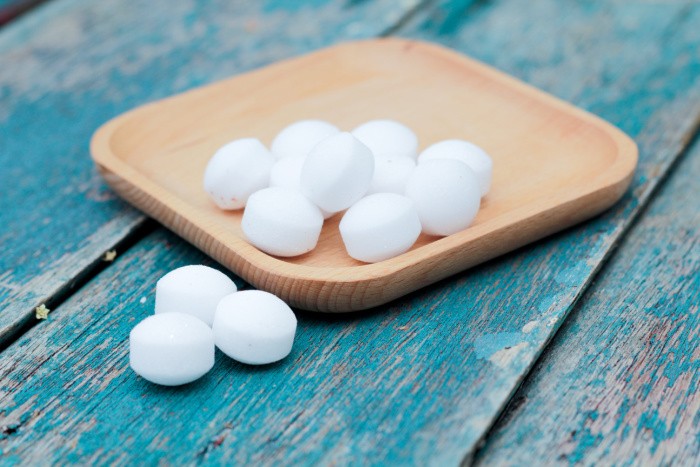

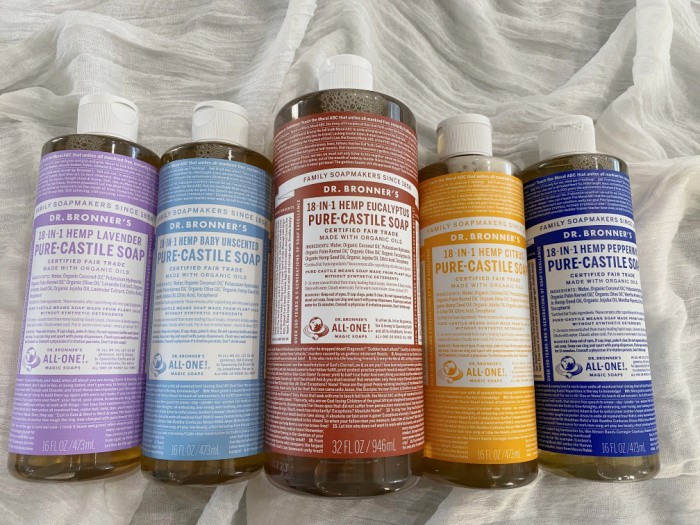
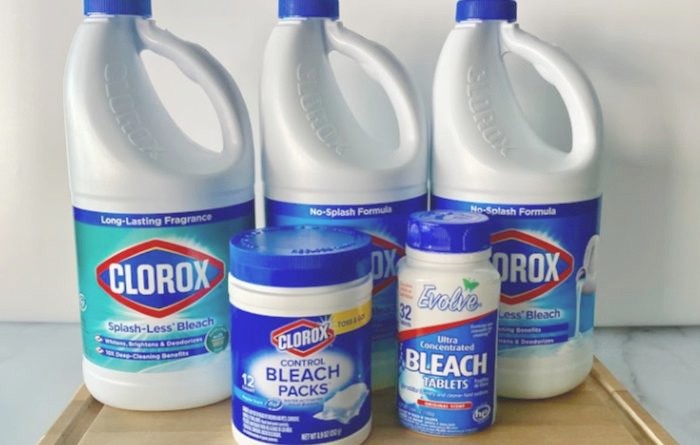
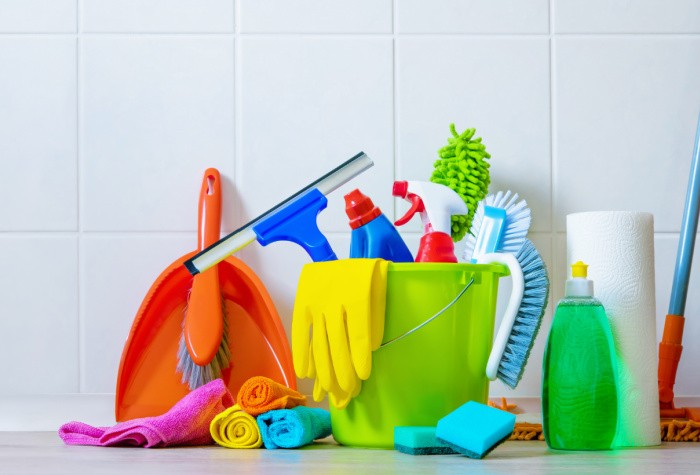
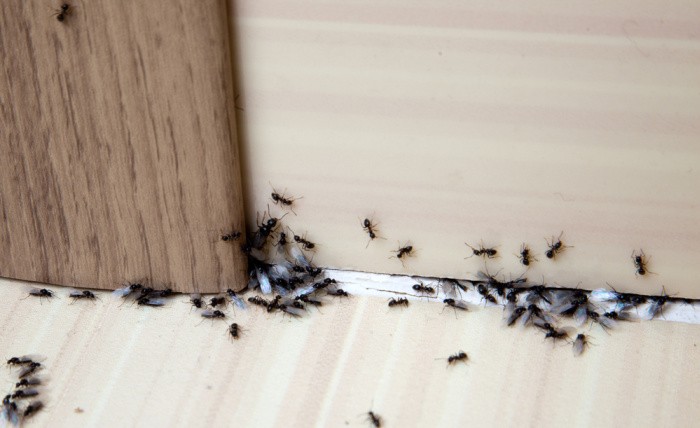

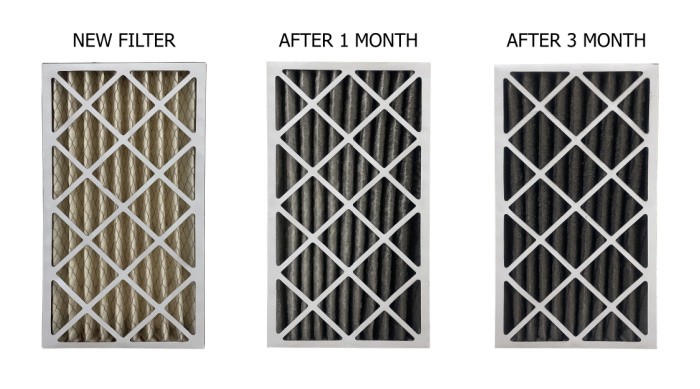













Four decades ago I got married. I received a number of quilts for gifts. Our first home was small and older. I didn’t want our unused quilts to be damaged before we needed them. So, I put them in an old chest upstairs and bought a box of mothballs. I had never used them or seen them used. I dumped in the WHOLE box, shut the lid and left. A long time later we wanted to set up a guest room. I took out the blankets and they reeked!! So I washed them a few times to get rid of the smell. It only helped a bit. After forty years I can still smell the mothballs on that bedding. Oh my. The ignorance of youth . . .
Hi Nola, that’s funny but not funny!! The joy of receiving quilts for gifts is so awesome! The smell of mothballs is why I wrote this post. We have options now. I can still remember the smell of the mothballs in the hall closet of my grandmother’s home. Oh, thank goodness for cedar ones now. Linda
I’ll always relate the smell of mothballs to my paternal gray! Her whole home reeked of the smell!
I only use cedar. I purchased a box of aromatic cedar planks that were intended for lining a closet. I place one plank in my storage boxes. Haven’t had any problems with pests so far.
Hi Leanne, isn’t it funny how we can still remember the smell??? Thank goodness we have options now like cedar planks or cedar balls now!! Linda
Linda, this reply doesn’t have anything to do with mothballs, but I just went back to Seeds Now and got some herb and flower seeds for use repelling pests in my gardens–and for keeping my home smelling fresh.
Hi Ray, oh yay!!! I love that company!! Linda
Linda, many years ago we lived in a rental house where a skunk crawled under the foundation and died. There was no way to get to it to get it out! There was only about 6 inches of clearance. The county extension said all we could do was throw mothballs under, lots of them and wait for the smell of both to dissipate. Yuck, but it seemed to work in about a week and a half. It was miserable until then!
Hi Jan, oh a skunk, yikes!! That smell, I can almost smell it right now! LOL! That’s good to know moth balls will dissipate the smell in 1-1/2 weeks or so. WOW, that would be miserable! Linda
My husband says that his grandparents used moth balls and that he can still remember the smell. LOL with the way things are going in the world, we may need to whip out these moth balls and start using them again!
Hi Jess, I know right??? We may not be able to replace the stuff we have!! Linda
Seasonally, to deter wasps and their nests, I put several mothballs into little metal party favor “buckets” and hang them on hooks under the eaves, outside my house. (out of the rain) And also inside my greenhouse and water pump building. Works pretty well in keeping the wasps over at the neighbor’s place, instead of mine. 🙂 (I usedto be swarming in the mean red critters) The best part is, honey and mason bees spend most of their time in the garden area, and don’t build nests under eaves or in corners, so they don’t seem bothered by the moth balls.
Hi Leam, oh my gosh, I love this idea! It’s hard to get rid of the wasp nests! Linda